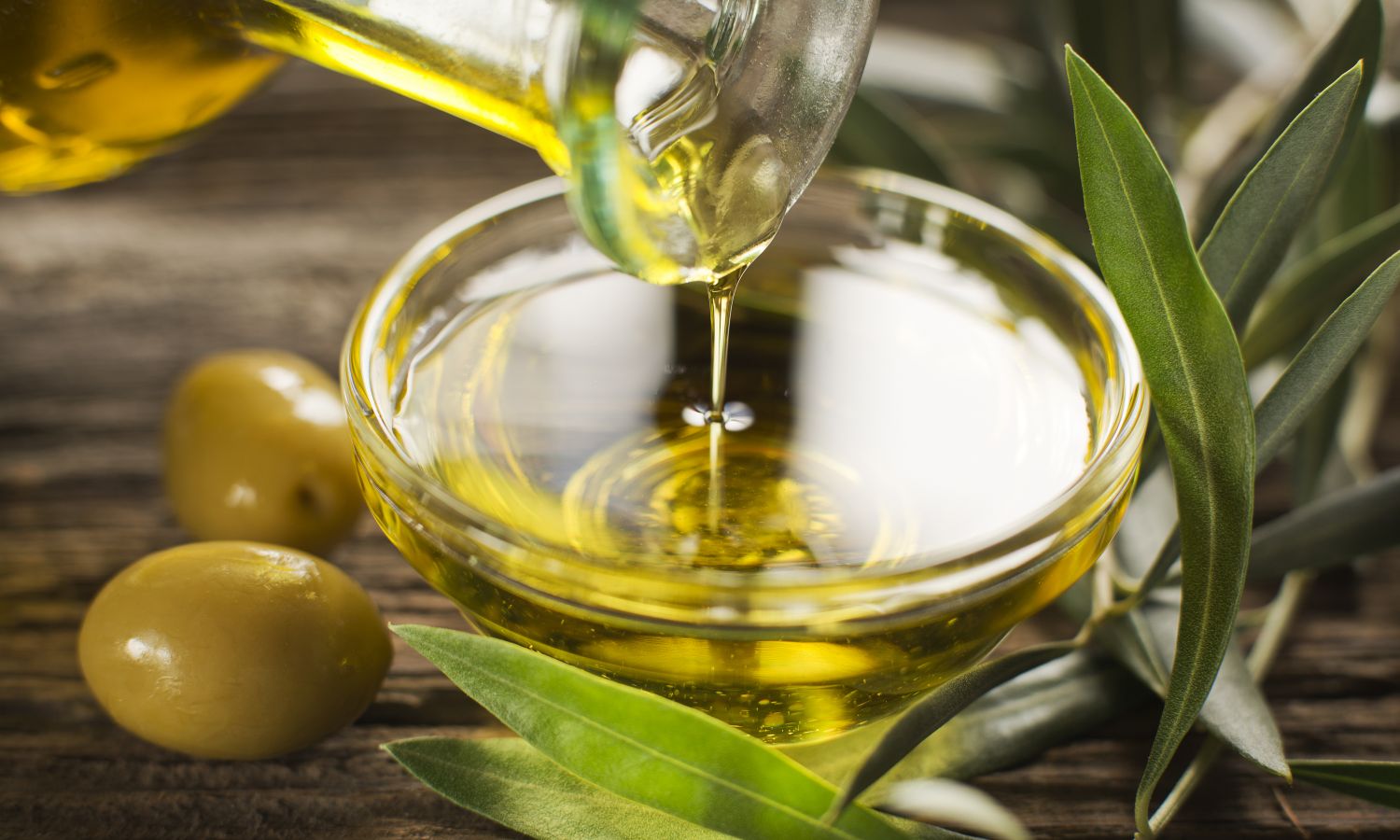
How to Make Olive Oil: The Difference Between Blended and Mixed Olive Oil
The words “blend” and “mix” may seem like two terms that describe the same thing, but for olive oil, they have very different definitions.
When it comes to finding the perfect olive oil flavor, Bertolli works with experts who can detect subtle notes that occur in different oils. Blending them together results in a carefully balanced taste profile.
At Bertolli, blending is an important process that yields a reliable flavor profile that consumers have come to expect. Anna Cane, the brand’s Master Blender, explains the process: Initially, her team receives between 16,000 and 20,000 olive oil samples a year from suppliers from across the globe. They sample the various oils and quickly identify—and reject—those that may contain defects such as a rancid smell or musty taste. Then they analyze the highest-quality oils that remain and determine each one’s distinct flavor profile. “We have a procedure in place that defines what’s needed for a blend,” she says. “For example, some oil may be characterized by high fruitiness and green flavor. Others are more bitter with a cooler body.” The team combines different portions of oils for different blends.
“What is really fascinating and complex in the master blender activity is that we are able to discern and combine different oils to obtain a consistent profile all year long,” says Cane. Bertolli flavor experts can, for example, blend oil pressed from hojiblanca olives in Spain with oil from ogliarola olives in Greece to develop just the right combination of sweetness and bitterness.
Blending oils from different origins also means that Bertolli is not susceptible to detrimental weather or pest invasions that may influence a crop in one area of the world. By sourcing olives globally, the company can select from only the best crops. Bertolli has relationships with farmers in both hemispheres, and thus has access to high-quality olives year-round—not just during harvesting season in Italy or Spain.
All this is to say that Bertolli’s blended oils are still 100 percent olive oil, but the final product consists of oils from around the world that are paired together for a superior taste.
Now, you may be wondering, how does this differ from an olive oil that is mixed?
Simply stated, mixed olive oils should be avoided. Producers who are looking to sell volume over quality may resort to mixing extra virgin olive oil with other vegetable oils like sunflower seed or grapeseed oil. Not only can this be misleading to the consumer, it may also put those with allergies at risk. It’s important to closely examine a bottle’s ingredients to confirm that what you’re buying is 100 percent olive oil. All of Bertolli’s olive oils are made from only olives, and the label lists their countries of origin. Additionally, the company does not mix extra virgin olive oil with virgin olive oil. If you’re looking for a bottle of extra virgin olive oil, you can be assured that Bertolli’s bottle contains no defects and follows the strictest production standards.
If you find a big bottle of olive oil with a low price point, that’s another red flag that it may not contain 100 percent olive oil. Mixed olive oils do not contain the same taste profile or health benefits that a bottle of 100 percent extra virgin olive oil provides.
When shopping for olive oil, don’t be duped! Blends are an excellent option that represent quality and consistency. Mixes, on the other hand, are a deception.


